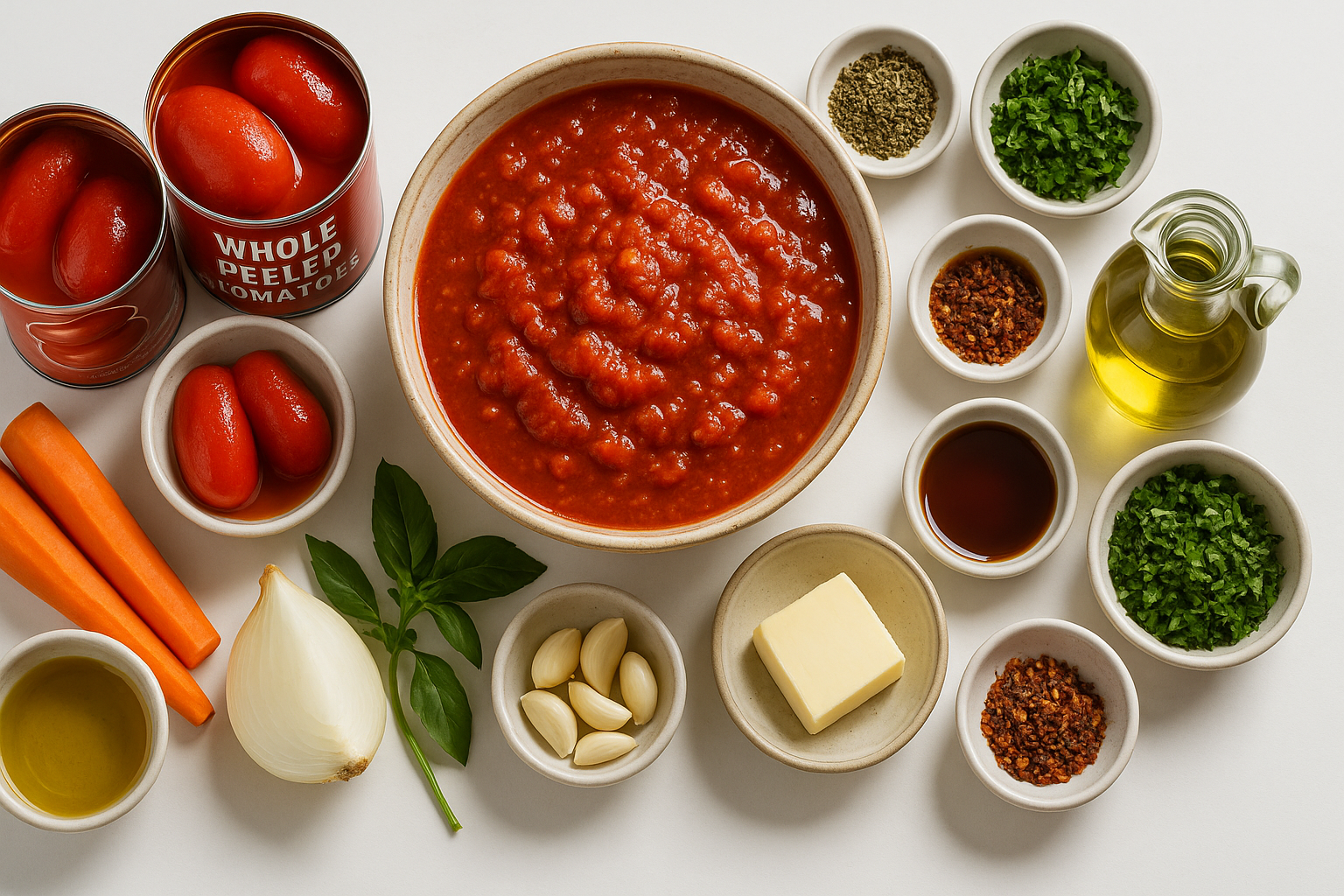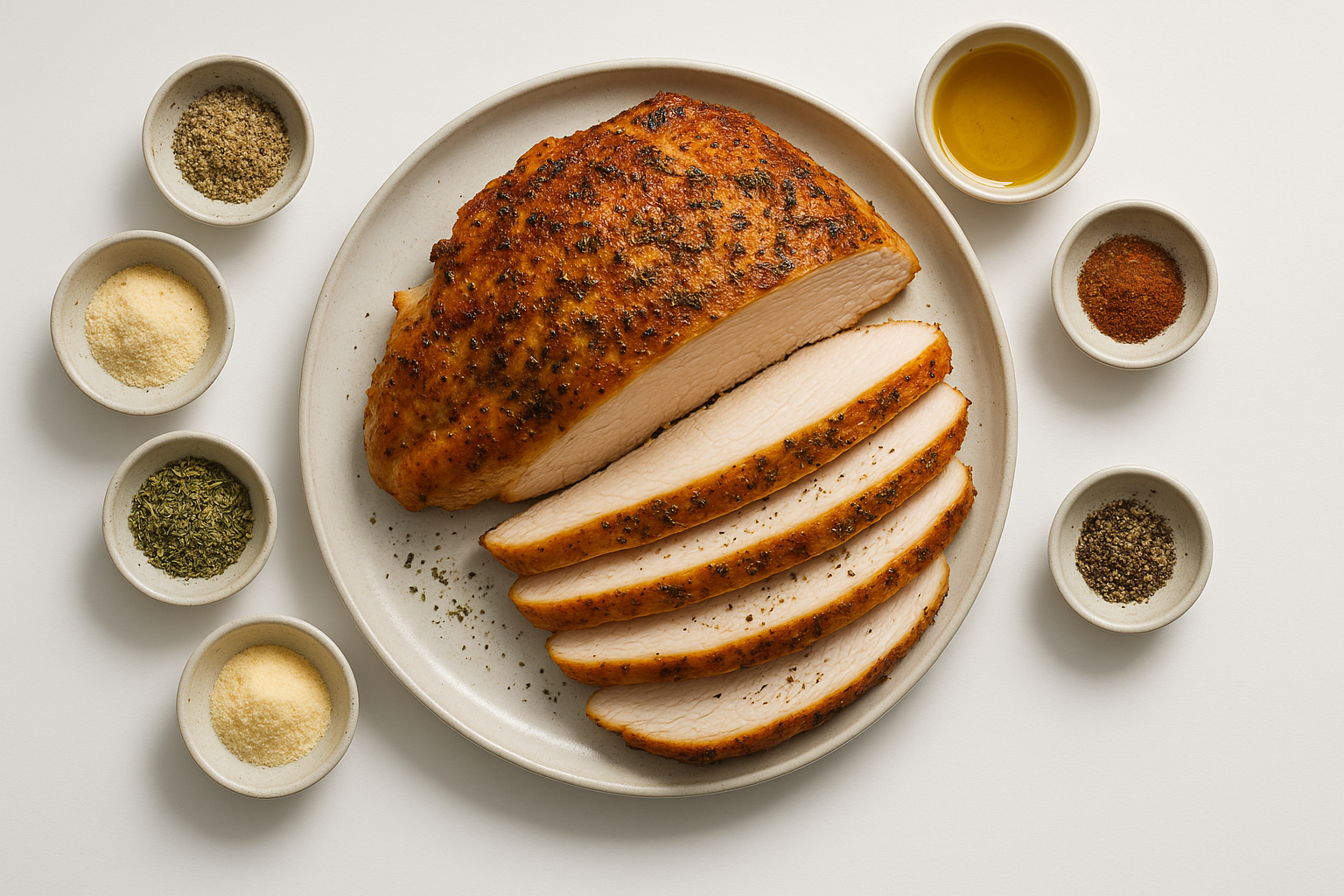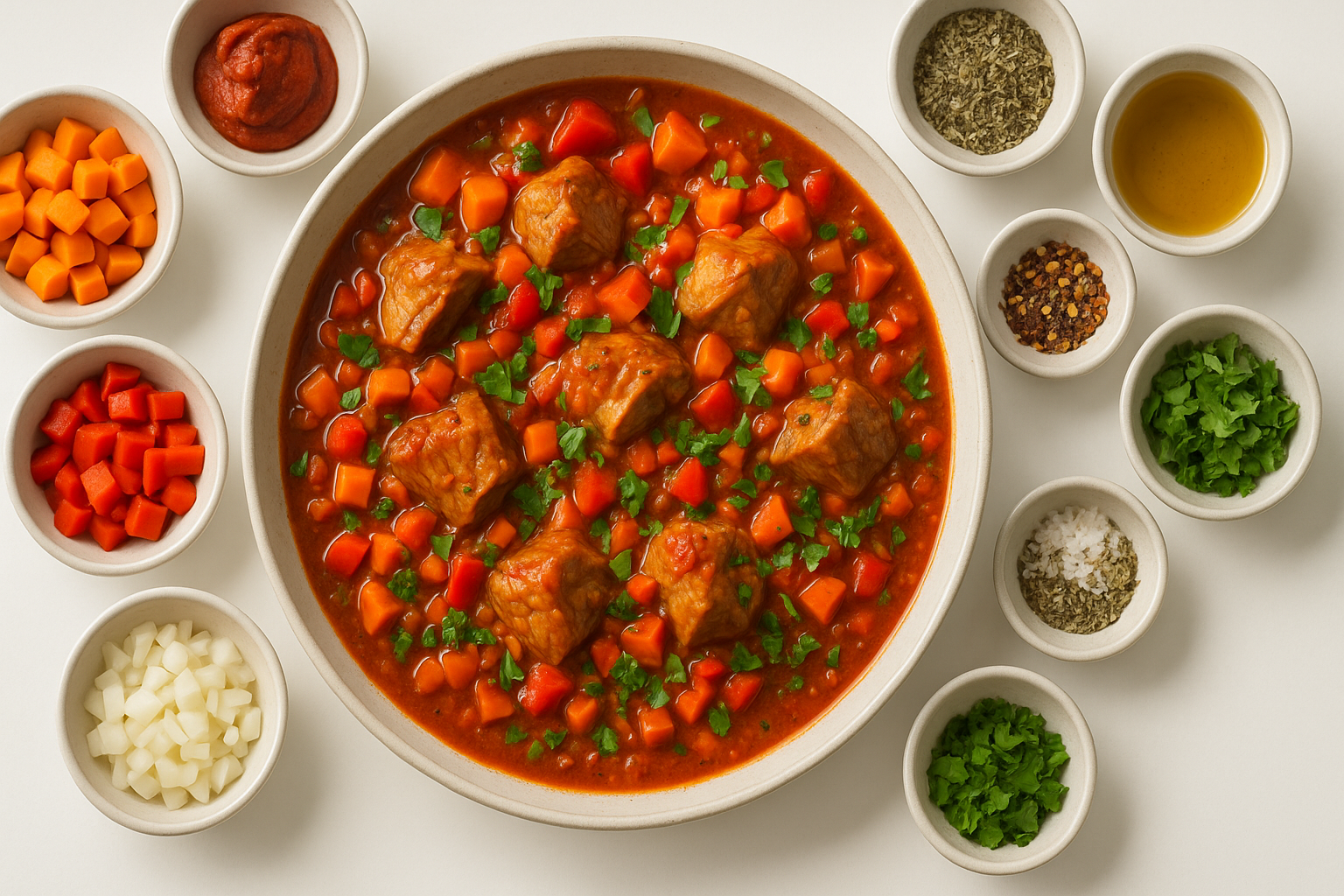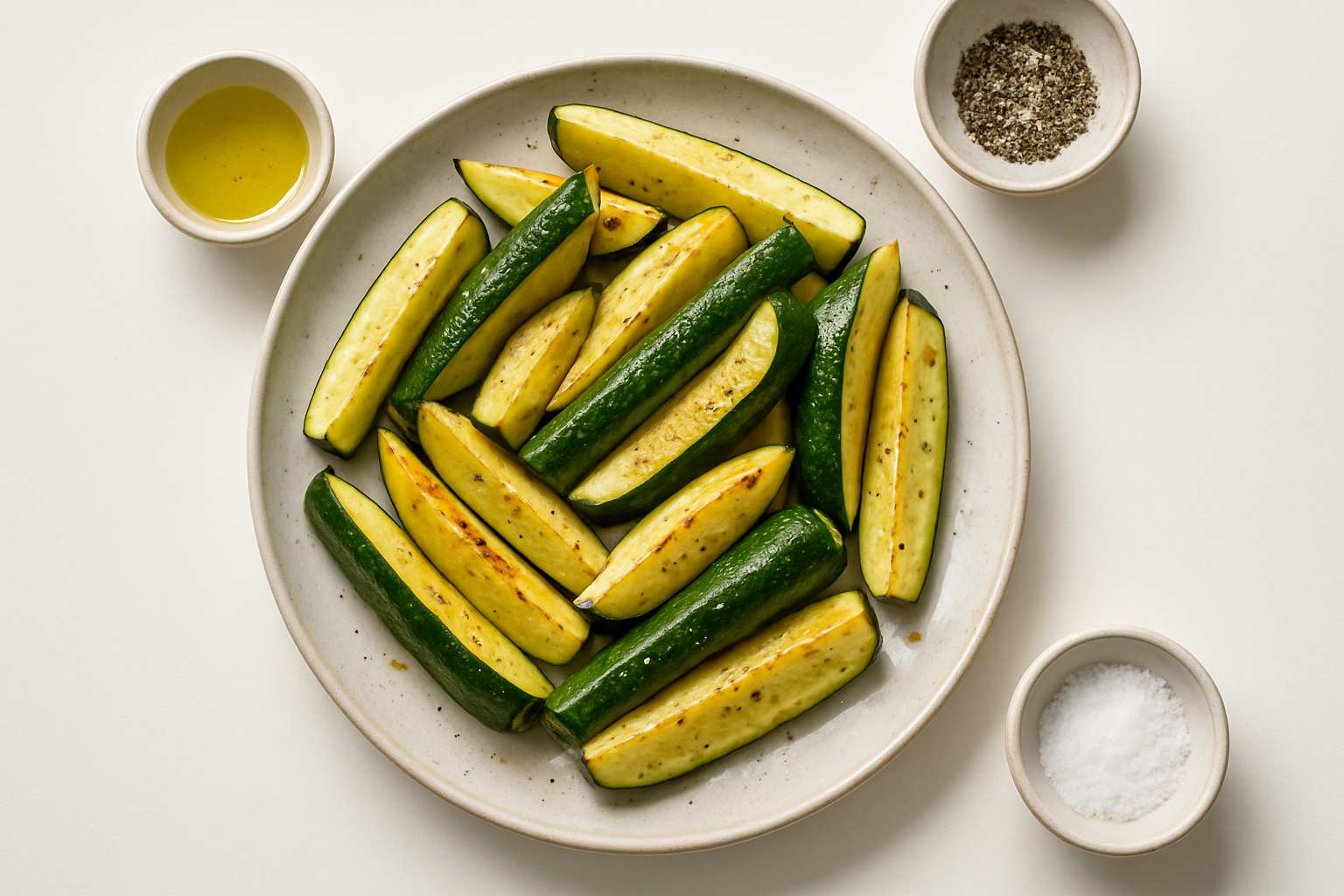Welcome to the Roots Food Group blog! Today, we're excited to share a delightful recipe that brings the aromatic flavors of North Africa to your kitchen: Moroccan Couscous. This dish is packed with taste and has a rich cultural heritage and numerous health benefits. Let's explore Moroccan couscous's history, benefits, and cultural significance before diving into how to prepare it.
A Brief History of Couscous
Couscous, a staple of North African cuisine, is believed to have been prepared by the Berbers as early as the 7th century AD. Traditionally made from semolina wheat, couscous was a common ingredient in the regions of modern-day Morocco, Algeria, and Tunisia. Moroccan couscous, in particular, is known for its inclusion of spices, nuts, and dried fruits, making it a vibrant dish that's celebrated across the globe.
Health Benefits
Moroccan Couscous is not only a feast for your taste buds but also offers numerous health benefits:
- Whole Wheat Couscous provides a good source of fiber and protein.
- Nuts like pine nuts or pistachios add healthy fats and a crunchy texture.
- Raisins offer a natural sweetness and are rich in iron and potassium.
- Parsley is high in vitamins A and C, supporting immune health.
Cultural Significance
In Moroccan culture, couscous is more than just a dish; it's a part of social and festive gatherings, often enjoyed on religious holidays and family celebrations. It's traditionally prepared for lunch after prayers on Fridays and is meant to be shared, symbolizing hospitality and community.

The Recipe
Ingredients
- 1 cup whole wheat couscous
- 1/4 cup pine nuts (or substitute pistachios or slivered almonds)
- 2 Tbsp. unsalted butter (or use coconut oil or vegan butter for a vegan version)
- 1 small shallot, chopped
- 1/4 tsp. Kosher salt
- 1/4 tsp. black pepper
- 1⁄4 tsp. ground cumin
- 2 cups low-sodium vegetable or chicken broth
- 1/3 cup golden raisins
- 1⁄4 cup fresh parsley, chopped
- 2 Tbsp. freshly squeezed lemon juice
- 1 Tbsp. olive oil
Directions
Step 1: Preheat the oven to 350° F. Spread the pine nuts in a single layer on an ungreased, rimmed baking sheet. Toast in the oven until fragrant and lightly golden, 5-7 minutes, stirring once halfway through. Keep an eye on them, and do not walk away during the last few minutes to ensure the pine nuts do not burn. Immediately transfer to a bowl to stop cooking and ensure the hot pan doesn't burn them once out of the oven.
Step 2: Melt the butter over medium heat in a large skillet. Add the shallots and cook for 3 minutes, until they soften. Add the salt, pepper, and cumin, and cook for 30 seconds. Pour in the broth. Increase the heat to high and bring to a boil.
Step 3: As soon as the liquid boils, remove the pan from the heat. Stir in the couscous, cover, and let sit for 10 minutes.
Step 4: With a fork, fluff up the couscous. Add the raisins, parsley, lemon juice, olive oil, and toasted pine nuts to the pot, then stir the ingredients together to combine. Taste and adjust seasoning as desired.
Enjoy this Moroccan Couscous as a vibrant side dish or a light main course. Its rich flavors and textures will transport you to the heart of Moroccan cuisine, making any meal a special occasion.
Related searches
- Differences between Moroccan and regular couscous
- Cooking couscous in a rice cooker
- Gluten-free couscous alternatives
- High protein additions to couscous
- What to serve with Moroccan couscous










